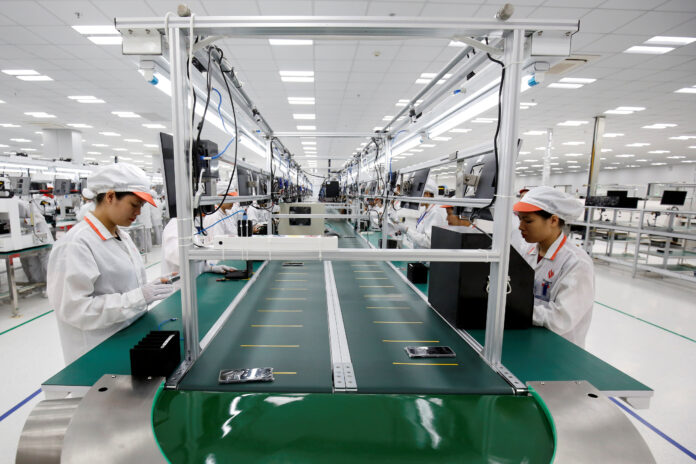I’ve been following the latest trade talks closely, and I think the pressure from the United States on Vietnam represents a bold step in reshaping global supply chains. In these discussions, Washington has made it clear that it wants Hanoi to reduce its reliance on Chinese tech in devices assembled for export to America. The deadline is looming: if Vietnam doesn’t meet the U.S. terms by July 8, it faces tariffs as high as 46 percent.
Background of the Tariff Negotiations
In my view, these talks go beyond simple tariff threats. They form part of a broader strategy aimed at securing the complete technology ecosystem—from basic parts to advanced, AI‑enabled devices—against potential risks or disruptions tied to Chinese suppliers. Vietnam has emerged as a key manufacturing hub for giants such as Apple, Samsung, Meta, and Google. Last year, China shipped roughly $44 billion in tech goods to Vietnam, accounting for about 30 percent of Beijing’s exports to the country, while Vietnam sent $33 billion worth of tech products to the U.S., nearly 28 percent of its total American‑bound exports. Those flows have only increased in 2025, underscoring why the U.S. sees Vietnam as a critical pressure point.
Concerns Over Chinese Component Dependency
I believe the core worry for U.S. officials lies in how dependent Vietnam’s factories are on Chinese parts, particularly in high‑tech goods like virtual reality headsets and cutting‑edge smartphones. By urging Vietnam to “reduce its dependency on Chinese high‑tech,” the U.S. aims to mitigate any single point of failure in the global tech supply chain. Officials have also targeted the practice of origin‑washing, where Chinese‑made goods get “Made in Vietnam” labels to dodge U.S. tariffs. Vietnamese negotiators describe the U.S. demands as tough and say that adjusting such complex sourcing arrangements on short notice could prove risky.
Manufacturing Hurdles in Vietnam
Speaking frankly, I’m struck by how challenging this transition will be. Supply chain experts note that Vietnam still trails China by nearly two decades in the scale and sophistication of its parts network. Building a robust local supply chain requires more than setting up new plants; it demands a dense web of specialized suppliers, a workforce with advanced technical skills, and modern logistics infrastructure—all of which took China decades to establish. Vietnamese firms have begun meeting with government officials to explore ways to ramp up domestic production, but many warn that moving too fast could jeopardize existing business relationships and lead to costly delays.
Diplomatic Tightrope for Hanoi
I see Hanoi stuck in a delicate spot. On one hand, Vietnam must preserve its status as a reliable partner to the United States, which remains its largest export market. On the other hand, Beijing stands as Vietnam’s biggest source of investment and a powerful geopolitical neighbor. Any rapid shift away from Chinese inputs risks straining ties with China at a time when regional tensions already run high. Reports suggest that Vietnam’s Communist Party leader, To Lam, may visit Washington by late June to seek clarity from President Trump, although no official date has been set.
What’s Next?
From where I sit, these negotiations will test how far Vietnam is willing to go in diversifying its supply chains and how assertive the U.S. will remain in pursuing tech decoupling from China. Both sides face high stakes: U.S. exporters want to protect their markets, while Vietnamese industries seek stability and sustained growth. I expect more meetings in the coming weeks as Hanoi explores policy tools and incentives to boost local component manufacturing. Meanwhile, Washington will monitor progress and prepare to impose those 46 percent tariffs if Vietnam can’t demonstrate real change by the July 8 cutoff.
Sources: Reuters, Tech in Asia

